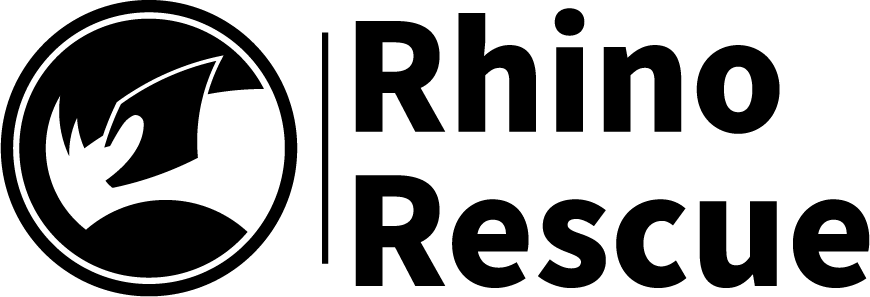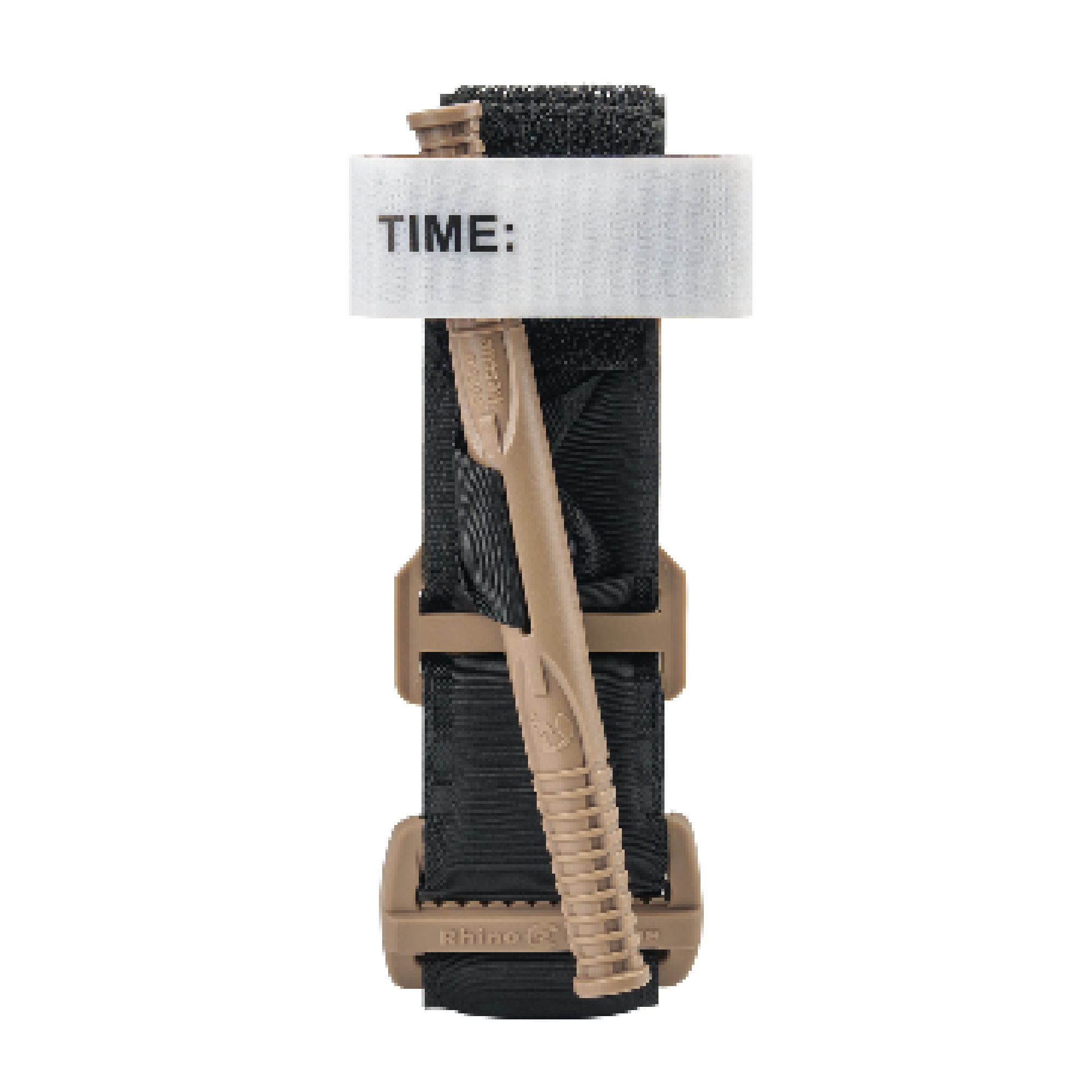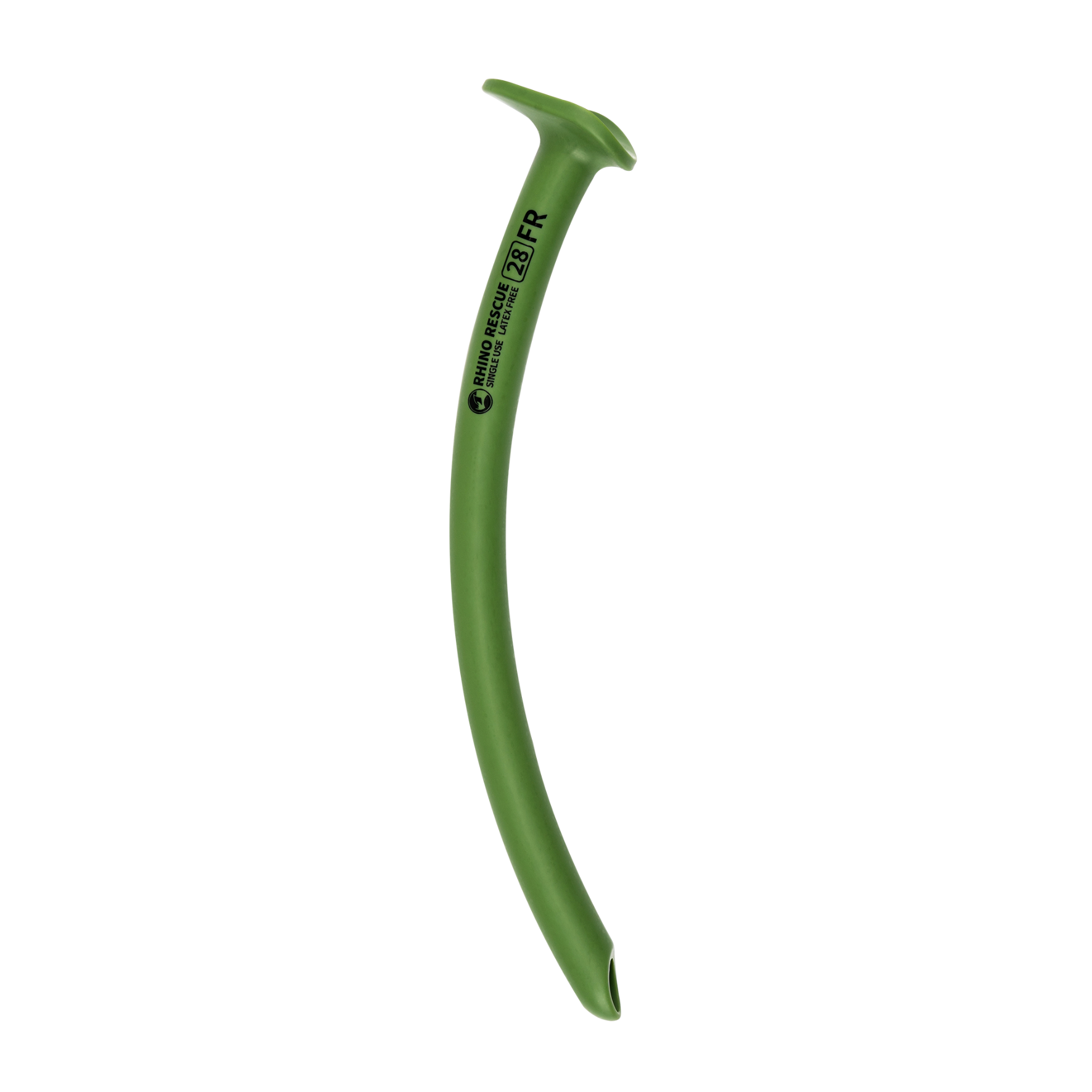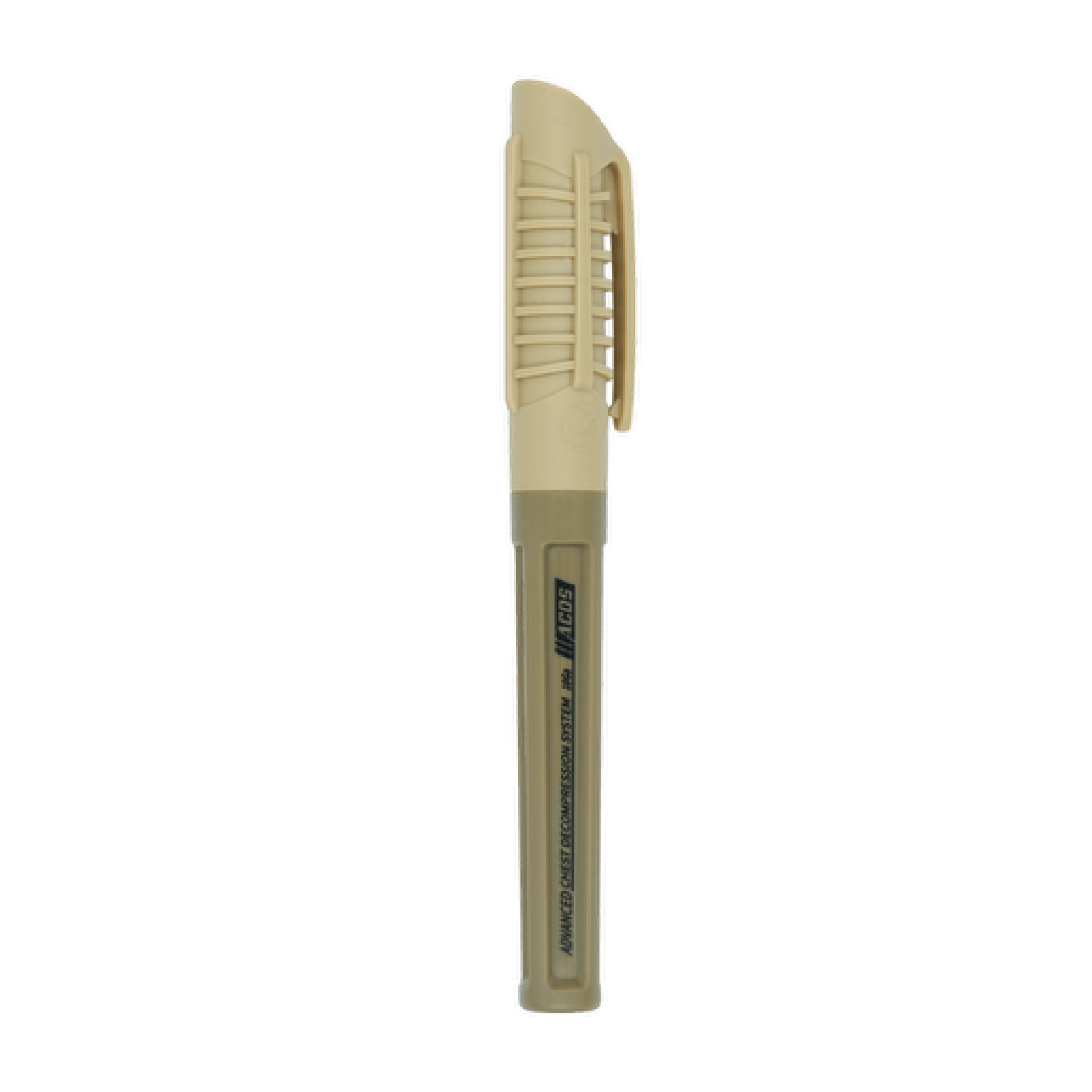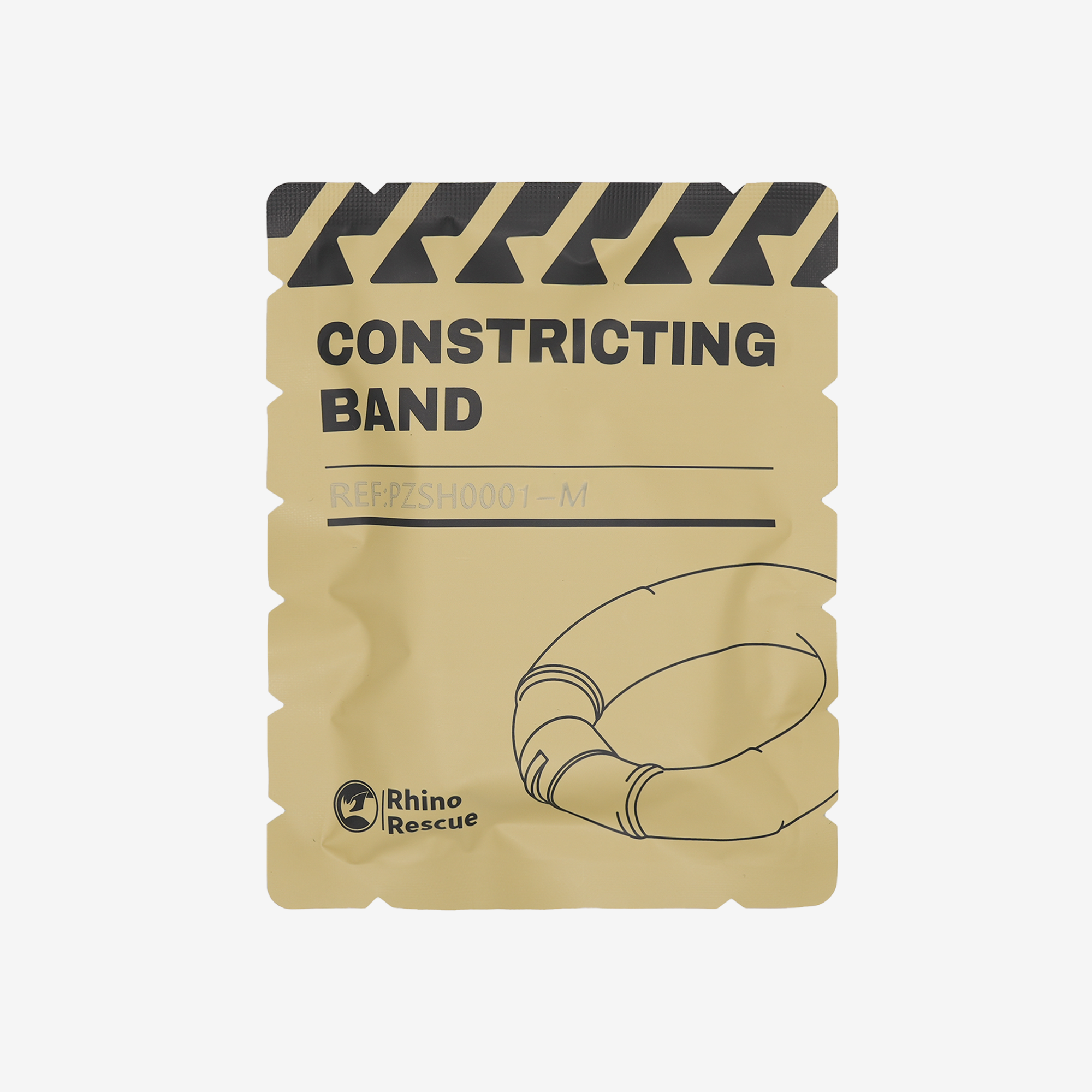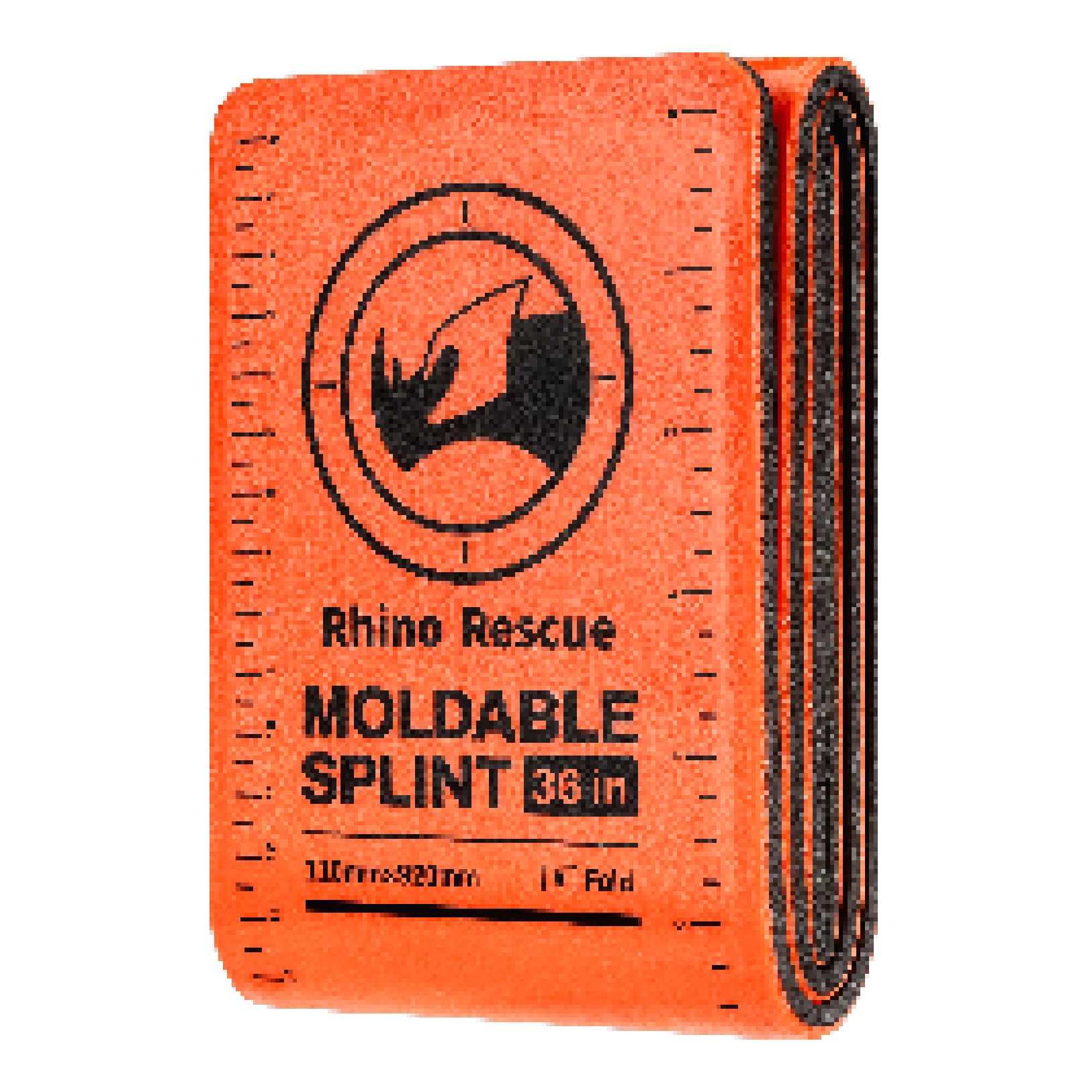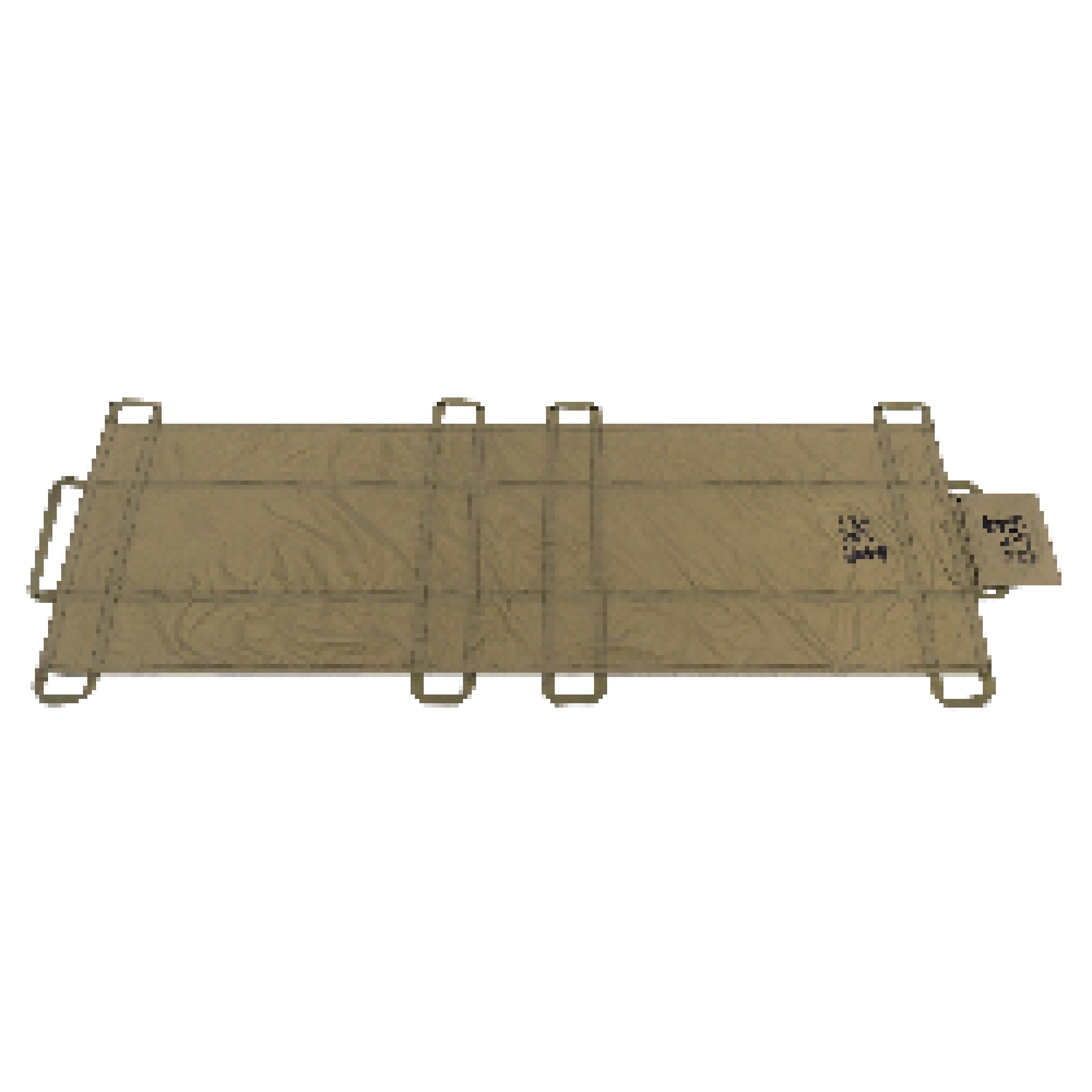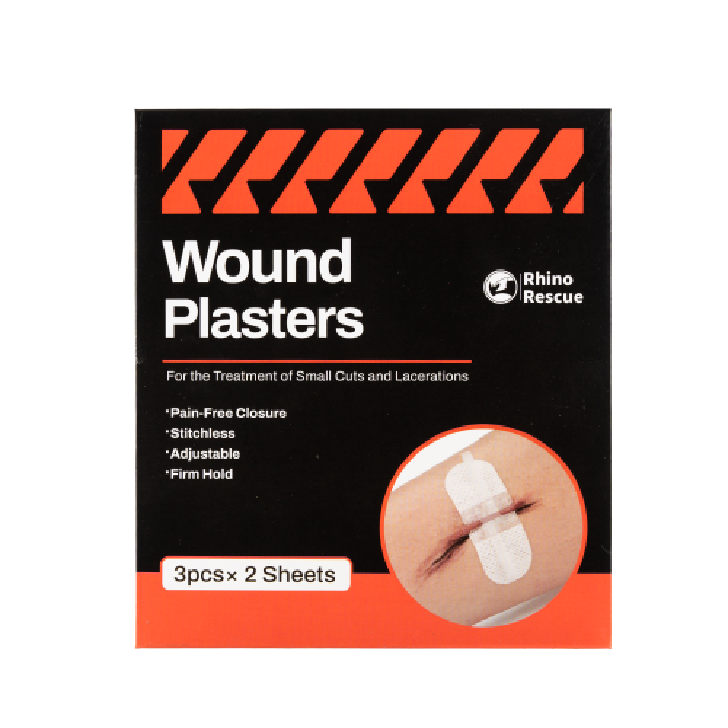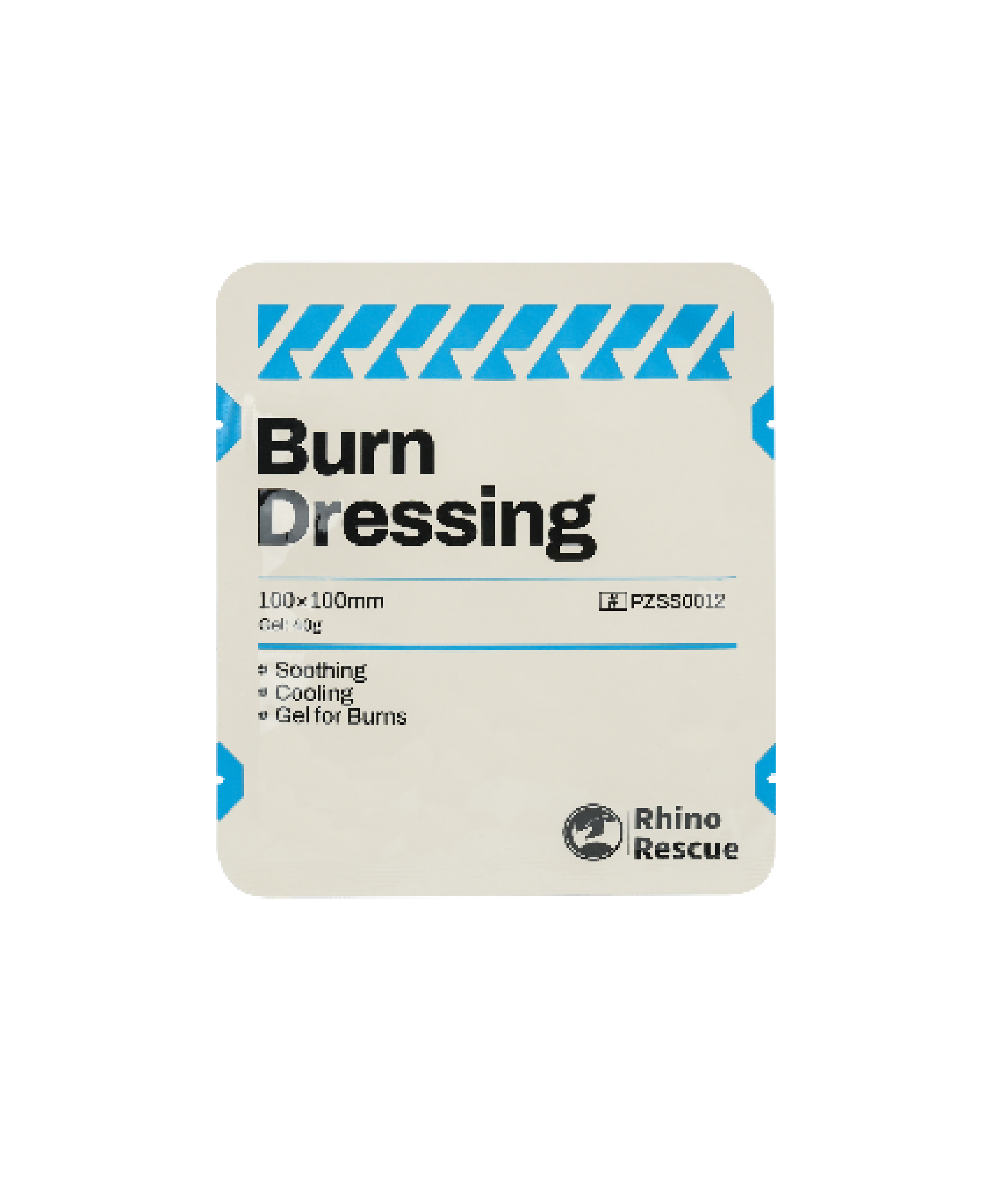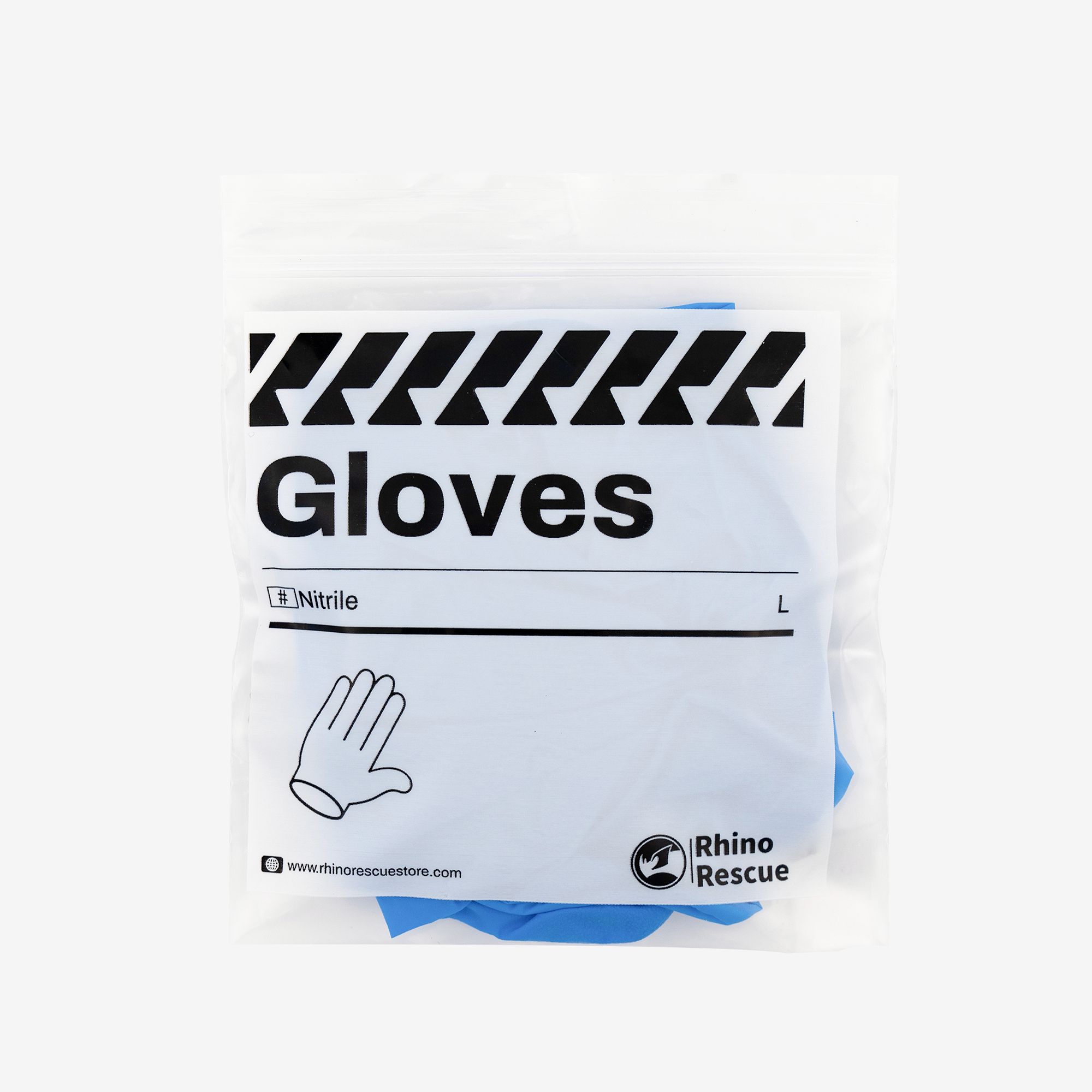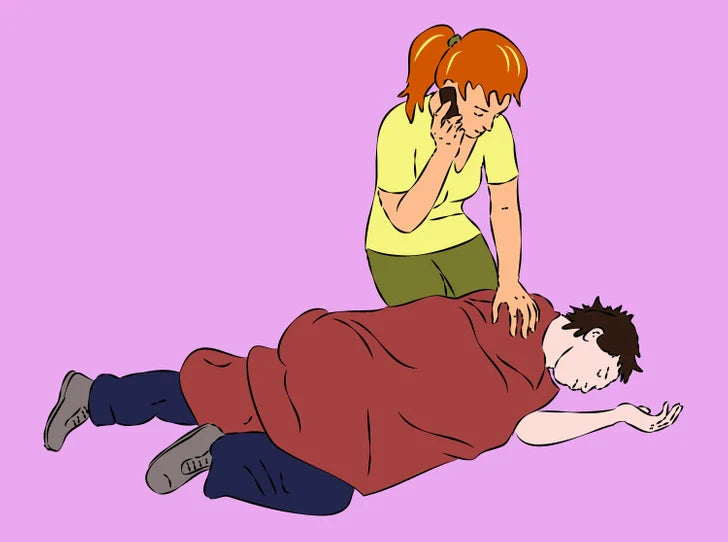At any time you could be in the middle of a situation in which it is necessary to help someone in the face of a medical emergency. Knowing the indications that are recommended to use is essential for your safety and that of your companions. In this way you will know what you have to do and how to react in circumstances like this.
Bright Side cares about your well-being and safety, which is why they have compiled a guide that will be useful in times of emergency.
1. Bleeding

First of all:
- Press the wound to stop or slow the bleeding.
- If the bleeding is strong, call the ambulance or ask someone to do it.
- Put pressure on the wound until help arrives.
2. Weak bleeding

- If the cut or scratch is small, wash it with plenty of water.
- Do not apply iodine to the open wound. You can use hydrogen peroxide.
- Put a bandage
3. Nosebleed

- Squeeze your nostrils. Advise the affected person to lean forward and breathe through the mouth.
- Do not ask him to lean back, the blood can reach the trachea or stomach and cause vomiting.
- If the bleeding does not stop within 15-20 minutes, call an ambulance.
4. Heavy bleeding

- With what to press the wound? Better: gauze, bandages. Acceptable: Hand, T-shirt, towel, or any bandage material.
- If blood seeps through the bandage material, do not remove it from the wound, rather cover it with another cloth while maintaining pressure.
- Is it necessary to put a compressor? The compressor is used only to stop a strong arterial hemorrhage.
5. Arterial bleeding

- First actions: press directly on the wound, apply a bandage that presses it, bend the limb affected by the joint as much as possible or press the artery with your fingers.
- A compressor is put on only if all the above methods do not work. Above the wound, on top of the clothing. If there are no clothes, you have to put some garment.
- It is essential to write down the time you put the compressor on. It is necessary to provide this information to doctors.
6. Questions

- The person is pale, feels chilly or dizzy and vertigo. What does this mean? That means that the affected person went into a state of shock. Call an ambulance without delay.
- Can I get an infection from contact with another person's blood? It is better to avoid such contact. You can use medical gloves, a plastic bag or ask the affected person to press the wound with his hands.
- Is it necessary to wash the wound? You can do it in case they are small cuts or scratches. In case of a strong hemorrhage, it is not necessary to do it, this way you will remove the coagulated blood and the hemorrhage will increase.
- What to do if a foreign object is found inside the wound? Do not remove it from the wound, that can increase bleeding. Instead, apply a tight bandage around the object.
7. Fractures

How to identify them? A person may suffer from swelling, bruising or severe pain, he may also find himself in an unnatural position.
What to do in case of a closed fracture

- Ask the affected person to hold the injured limb with the hand of a healthy arm, place it on a cushion or use clothing to avoid unnecessary movements.
- Apply cold (an ice pack) to the affected area.
- If the injured part of the body has visual distortions or severe pain, call an ambulance.
- Make sure the injured limb is immobilized until medical help arrives.
- If it is impossible to call an ambulance and transportation must be arranged at your own expense, the possibly fractured limb should be splinted.
What to do in case of an open fracture

- In the case of open fractures, external bleeding must first be stopped.
- Guarantee the immobility of the fractured area with the help of splints or with what you have at hand (a stick, a wooden table...) on top of your clothes.
- Call (on your own or with the help of those around you) the Emergency service.
- Put a loose aseptic bandage on the wound.
- Apply cold (ice pack) to the bandage over the wound.
- Cover the casualty with heavy clothing or blankets.
8. How to correctly use a splint

- The splint is placed in such a way that two joints located above and two below the fracture area are immobilized.
- Instead of the splint, you can use sticks, wooden boards, rulers, rods, veneers, charcoal, etc. In case the fractures are closed, the splint is put on the clothes.
- If it is an open fracture, you should never put the splint in areas where possible broken bones protrude.
- Secure the full length of the splint (except for the area of possible fracture) to the extremity with a bandage, loosely so as not to affect blood circulation.
- In case the fracture includes the lower extremities, you must put the splint on two sides. If you don't have anything to use as a splint, an injured or broken leg can be immobilized by bandaging it toward the good leg and arm toward the body.
Important: If the bone looks unnatural or is dislodged or misaligned, under no circumstances should you attempt to reset it on your own.
9. Dislocations and sprains

How to identify them? The person may experience sharp pain, swelling, or bruising around the joint, or along the muscle. If injured, the joint may experience difficulties during an attempt to move.
To do

- Guarantee rest. Convince the affected person not to move the injured part and not try to straighten it.
- Apply a towel-covered ice pack to the injured area for 20 minutes. No more.
- Position the affected limb higher if that does not cause additional pain.
- Provide some type of analgesic or pain reliever.
- Go to a traumatologist to do an X-ray or request an ambulance if the injured person cannot walk or the pain is very acute.
Important :
- With the slightest possibility of a closed fracture, consider that the affected person has it and needs an x-ray (see the "Fractures" section).
- Don't try to fix the sprain yourself.
10. Burns

To do

- Cool the burned area under running water for a minimum of 10 minutes.
- Apply a sterile bandage on it that is not too tight. If it covers a large area, cover it with a clean cloth, such as a sheet.
- If necessary, call an ambulance. Always call if the person affected is a child, if the burned surface is blistered, if multiple areas of the body are affected, or if the interior tissues of the body can be see
What you must not do

Important:
- Do not touch anything that has stuck to the burned area.
- Do not apply oil to the burned area, it stores heat and can cause more damage.
- Do not use ice to cool the burn because it can damage the skin.
- Do not use Band-Aids as they stick to the skin and could cause further damage.
11. Airway Obstruction

How to identify it? The affected person chokes (convulsive movements to try to breathe), is unable to speak, suddenly becomes cyanotic, may lose consciousness.
To do

If the suffocation attack is suffered by an adult or a child older than one year:
- Get behind the affected person, hug him with both hands, at the height of the upper half of the stomach.
- Lean the victim forward.
- Curl the hand into a fist and place it between the navel and the xiphoid.
- Clasp the fist with the other hand and forcefully press the victim's stomach in and up.
- Repeat the maneuver 5 times.
- If the person affected has lost consciousness, sit on their hips and with both hands, forcefully, press the arches of the ribs.
- Remove the foreign object with your fingers covered in gauze or bandages. Before extraction, turn the affected person's head to the side.

If the suffocation attack is suffered by a child under one year of age:
- Lay him on his stomach so that his head is under the chest, keeping his head and neck up.
- Apply five blows to the area between the shoulder blades and then five thrusts to the center of the chest with your fingers.
- The center of the thorax in a child under one year of age is between the nipples.
- Repeat this procedure until the obstructing object comes out or the child starts to scream.

